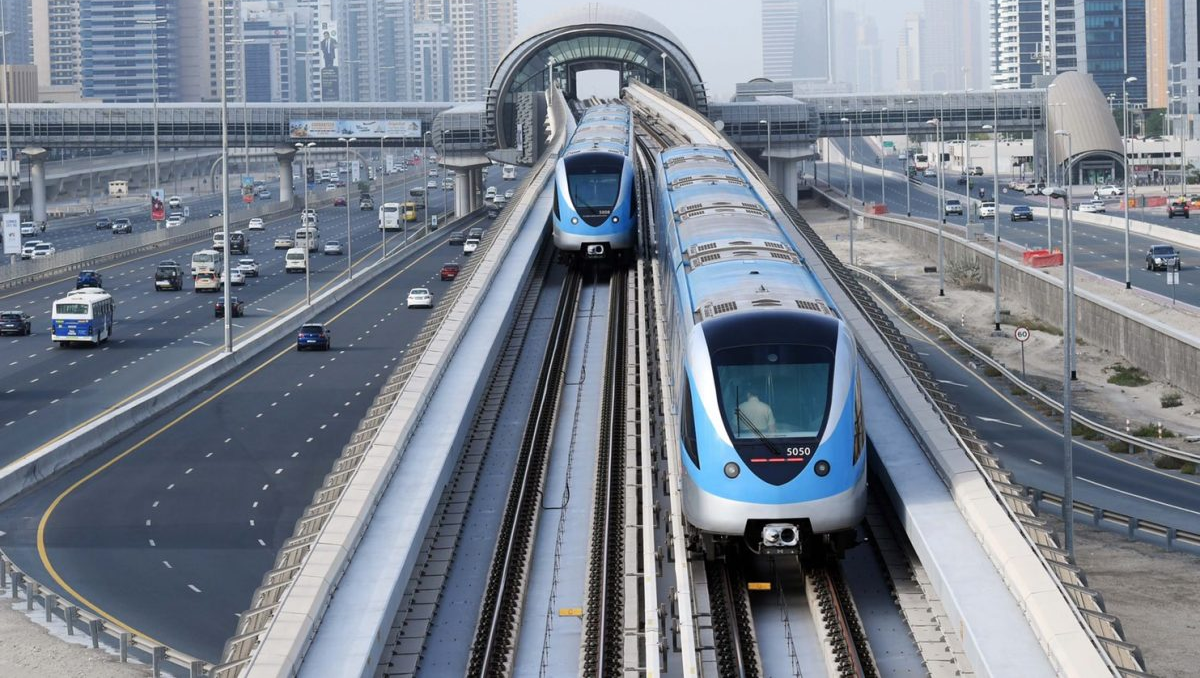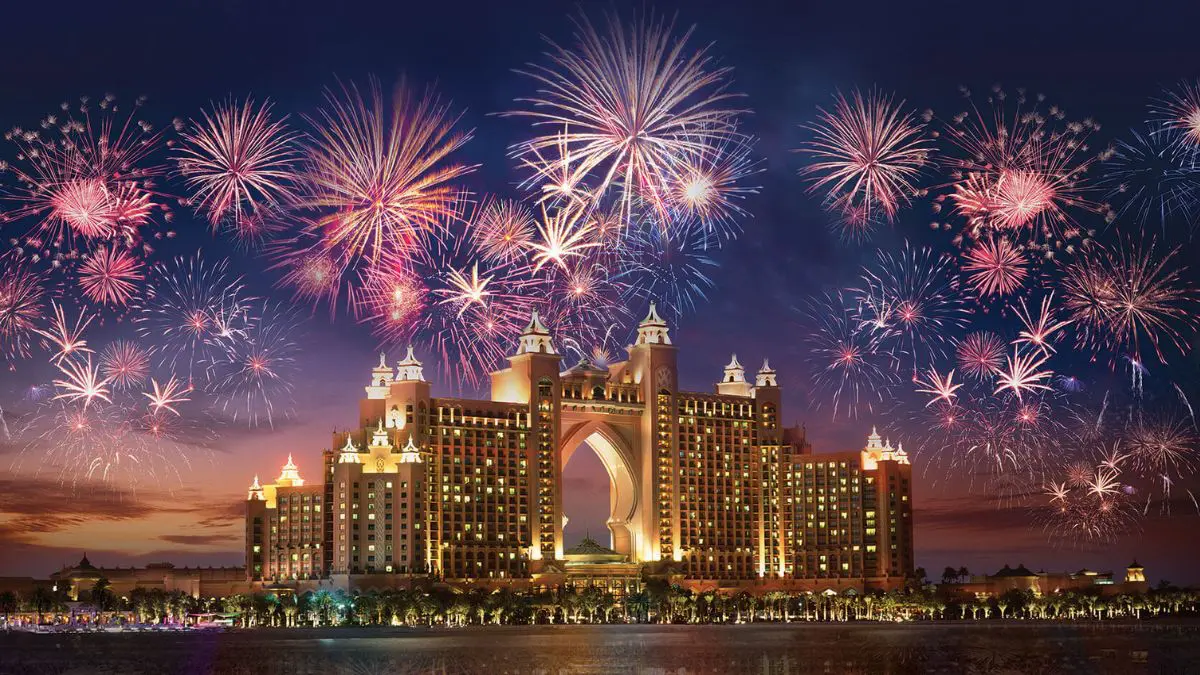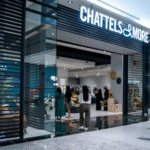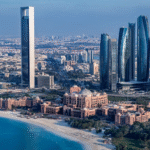Now Reading: Dubai Metro Unveils Bold New Lines to Transform Travel 2025
-
01
Dubai Metro Unveils Bold New Lines to Transform Travel 2025
Dubai Metro Unveils Bold New Lines to Transform Travel 2025

Table of Contents
Dubai, the shining star of the United Arab Emirates, is once again proving why it is among the world’s most forward-thinking cities. The Roads and Transport Authority (RTA) has announced an ambitious update to the Dubai Metro network, confirming new lines and extensions that will transform how residents and tourists move around the city.
The new plans, which were unveiled this month, aim to support Dubai’s growing population and meet the needs of a rapidly expanding urban environment. Experts say these changes will not only ease congestion on existing metro lines but also open up previously underserved areas, boosting accessibility and economic growth.
What’s New in the Dubai Metro Expansion?
The RTA’s latest update includes plans for several new metro lines, along with extensions of the existing Red and Green lines. Some of the most important updates include:
Blue Line: A brand-new line that will connect International City, Dubai Silicon Oasis, and Academic City to the Dubai International Airport (DXB) area. This is a game-changer for students, professionals, and residents in these high-growth areas, making their commute faster and more convenient.
Purple Line: Designed to link Dubai International Airport to Al Maktoum International Airport in Dubai South, this line will be essential during the next phase of Dubai’s airport expansion. It will also support Expo City Dubai and surrounding communities, boosting development in Dubai South.
Red Line Extension: The Red Line, which is the busiest metro route in Dubai, will see extensions to new residential and commercial districts. This includes new stations serving fast-growing neighborhoods, ensuring residents can access the metro within walking distance.
Green Line Extension: The Green Line will stretch further into the Deira and Bur Dubai areas, connecting even more historical districts and residential communities to the wider city network.
In total, these projects will add over 60 kilometers of new metro track, plus at least 30 new stations, which are designed with cutting-edge technology and sustainable features.
Why Is Dubai Expanding Its Metro Network?
Dubai’s population is growing fast — from about 3.6 million today to an estimated 5.8 million by 2040, according to government projections. This growth means the city’s transport infrastructure needs to be stronger, smarter, and more sustainable.
The Dubai Metro has already proven to be one of the city’s greatest success stories, carrying over 220 million passengers in 2023 alone. By adding new lines and extending old ones, the RTA hopes to increase public transport’s share of total trips to 30% by 2030. This goal will help reduce traffic jams, lower carbon emissions, and support Dubai’s wider vision of becoming a fully smart, sustainable, and livable city.
New Features for Passengers
Along with the new lines, Dubai Metro stations are set to become more advanced than ever. According to RTA officials, future stations will include:
Smart ticketing: Seamless ticketing that supports digital payments and even face-recognition technology.
Eco-friendly design: Solar panels and energy-efficient systems to cut carbon emissions.
AI-enabled services: Artificial intelligence to predict passenger demand and keep trains running smoothly.
Better accessibility: More elevators, wider entrances, and advanced signage for people with disabilities.
These improvements will ensure Dubai Metro remains one of the world’s most modern urban rail systems.
What It Means for Dubai Residents
The new metro lines mean huge benefits for residents. Many communities that currently rely on taxis, buses, or private cars will finally get quick, reliable metro access. This will:
Reduce travel times
Save commuting costs
Support local businesses
Raise property values in areas close to the new stations
Students in Academic City, for example, will be able to reach central Dubai much faster, while workers in Dubai South will enjoy a direct connection to both major airports.
These changes will also encourage more people to switch from private vehicles to public transport, which is critical to Dubai’s plan to cut greenhouse gases and reduce traffic congestion.
When Will the New Metro Lines Open?
According to the RTA, construction on the Blue and Purple Lines is scheduled to begin by early 2026, with the first trains expected to start running by 2030. The Red and Green Line extensions will follow a similar timeline.
However, some stations could open in phases, depending on community demand and project progress. RTA officials say they will share more detailed construction timelines over the next few months.
Dubai Metro: A Global Success Story
Since its launch in 2009, the Dubai Metro has won awards for safety, punctuality, and design. It has become a symbol of Dubai’s modern lifestyle, and a reliable way for millions of people to get around the city.
The upcoming expansion shows that Dubai is not slowing down. Instead, the emirate is investing heavily in its infrastructure to keep up with a fast-changing world and offer residents a world-class standard of living.
In the words of Mattar Al Tayer, Director-General and Chairman of the RTA,
“Dubai Metro has become the backbone of our public transport. These new expansions will support Dubai’s future growth, ensure sustainable transport options, and keep Dubai among the top global cities.”
Final Thoughts
The new Dubai Metro lines are more than just a transport project. They represent the city’s future vision — a place where technology, sustainability, and human-centered design come together to make life better for everyone.
So whether you live in Dubai, plan to move here, or just want to explore this incredible city, keep an eye on these metro updates. In the coming years, Dubai’s transport revolution will be something the whole world will be watching.
Read More:- Deyaar’s Latest Announcement Shakes Up the UAE Property Market





















